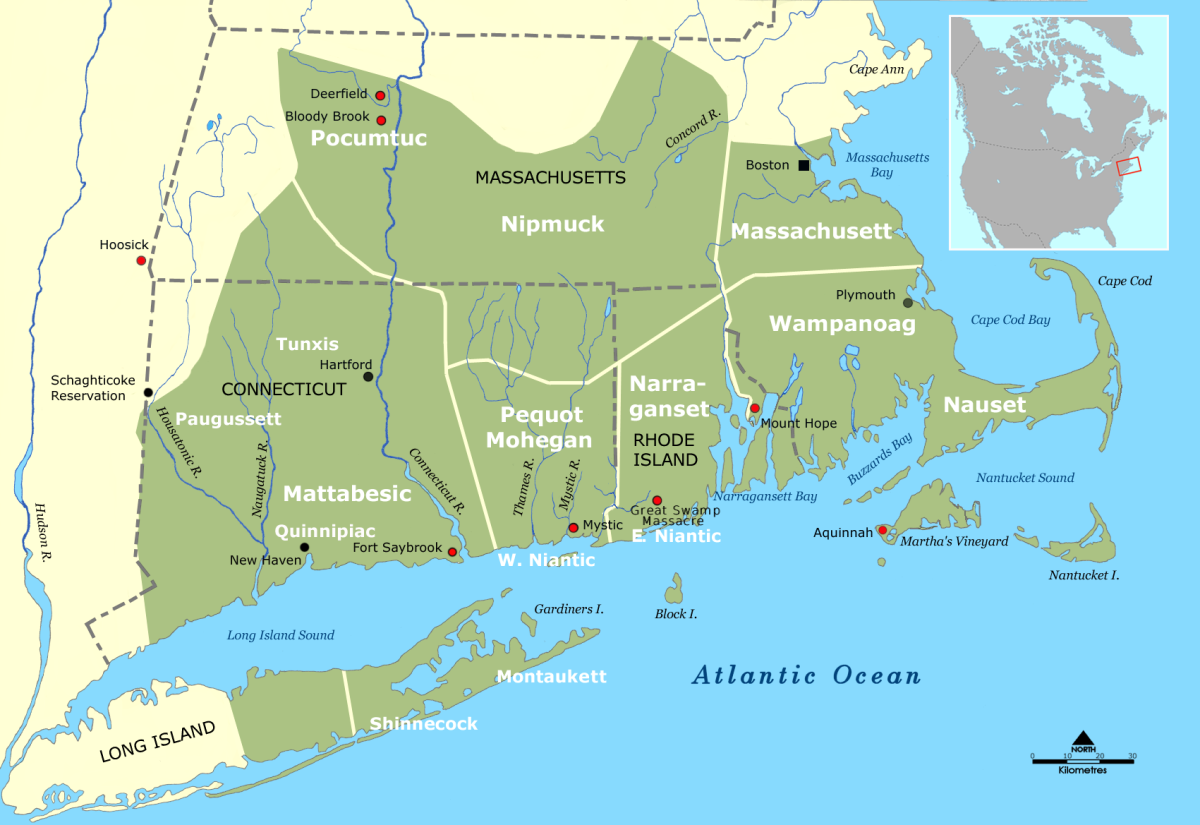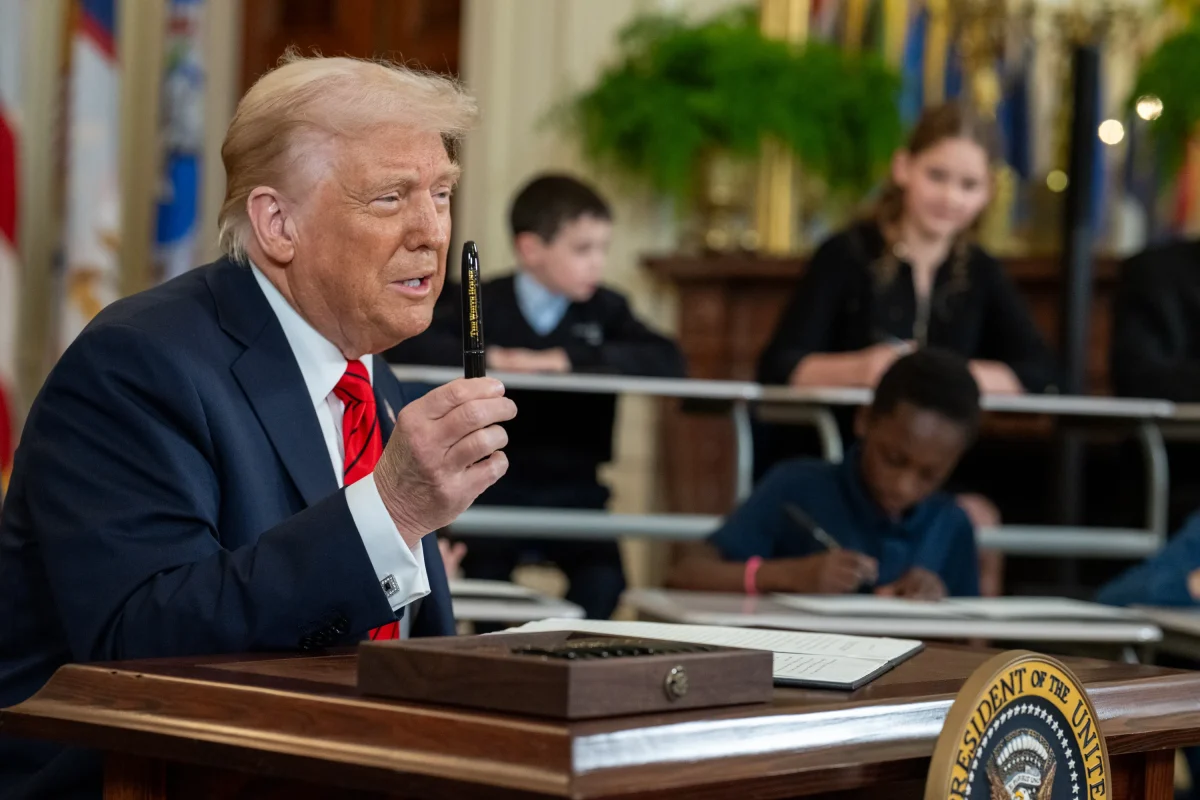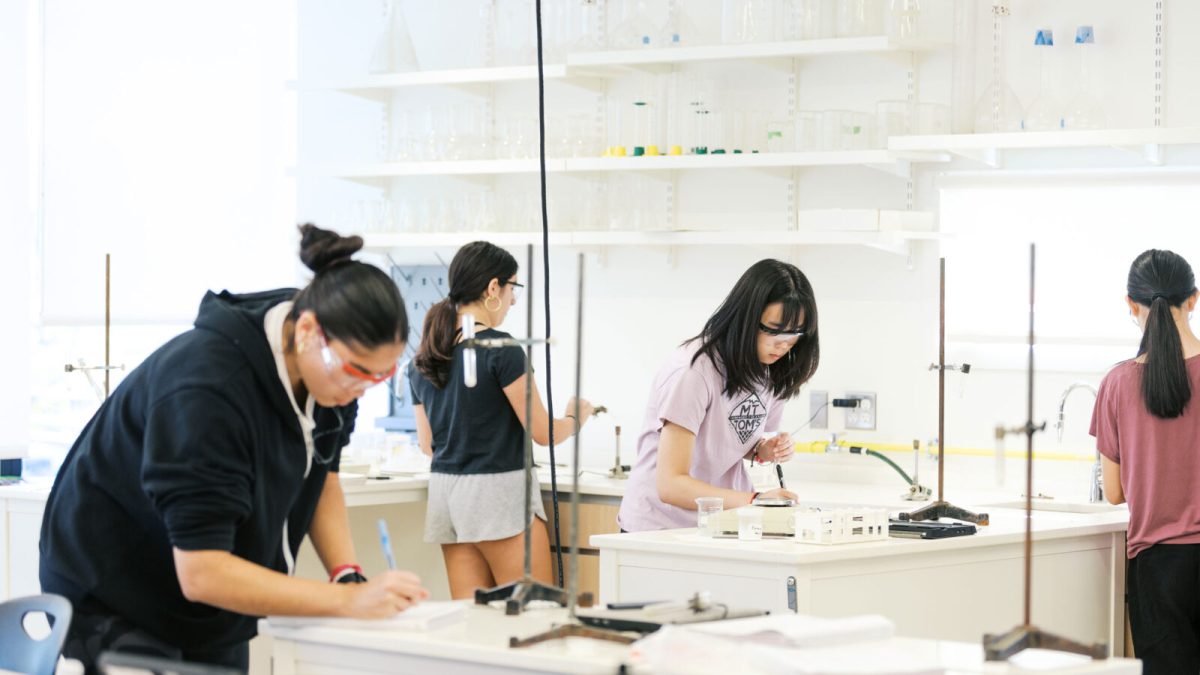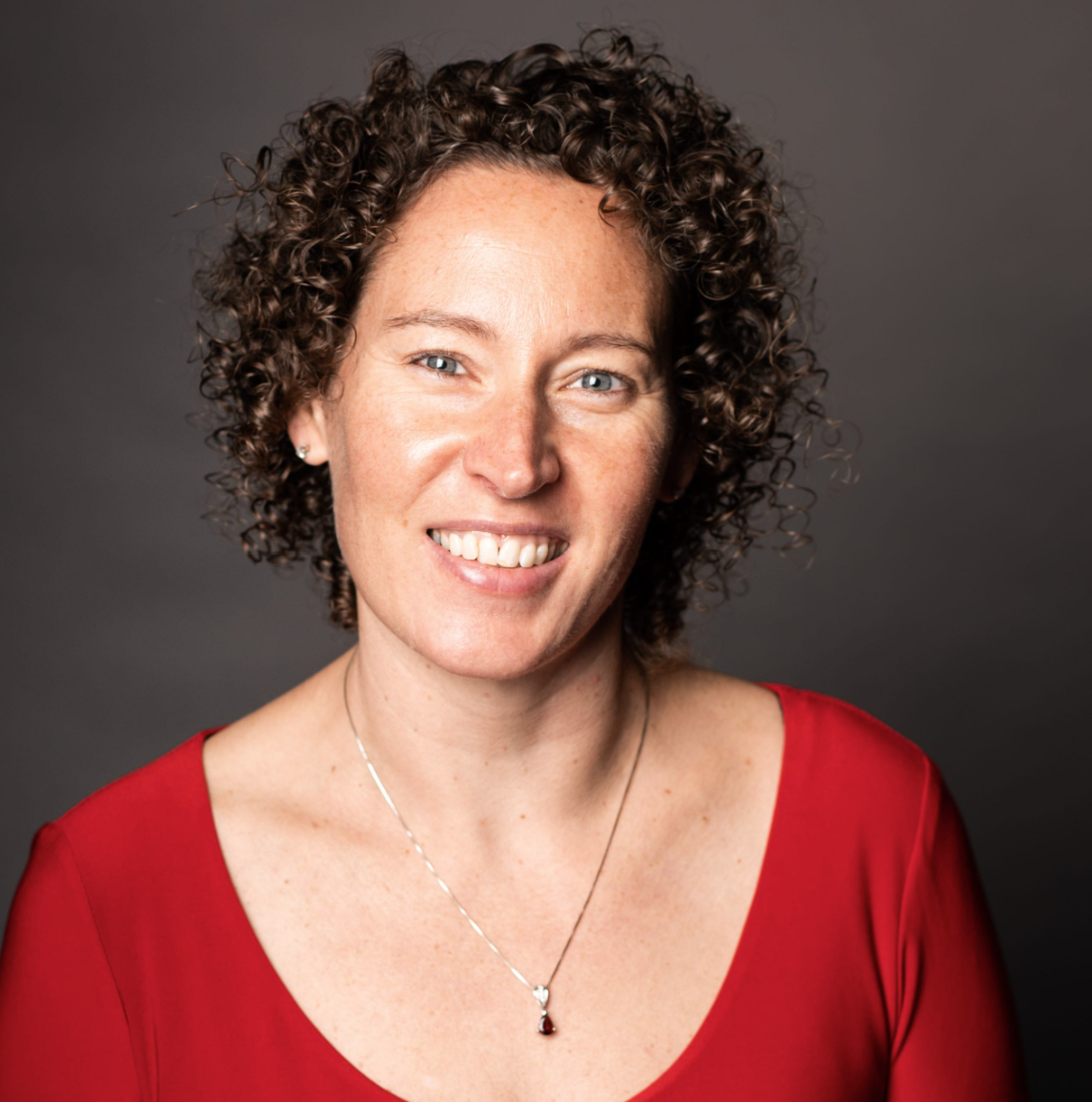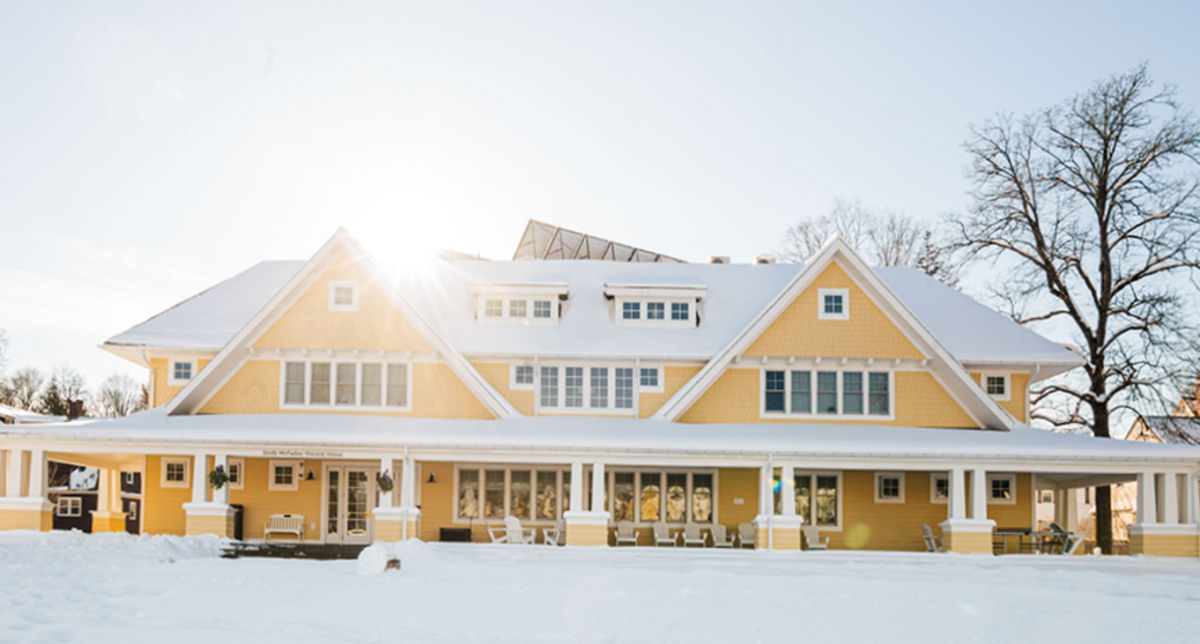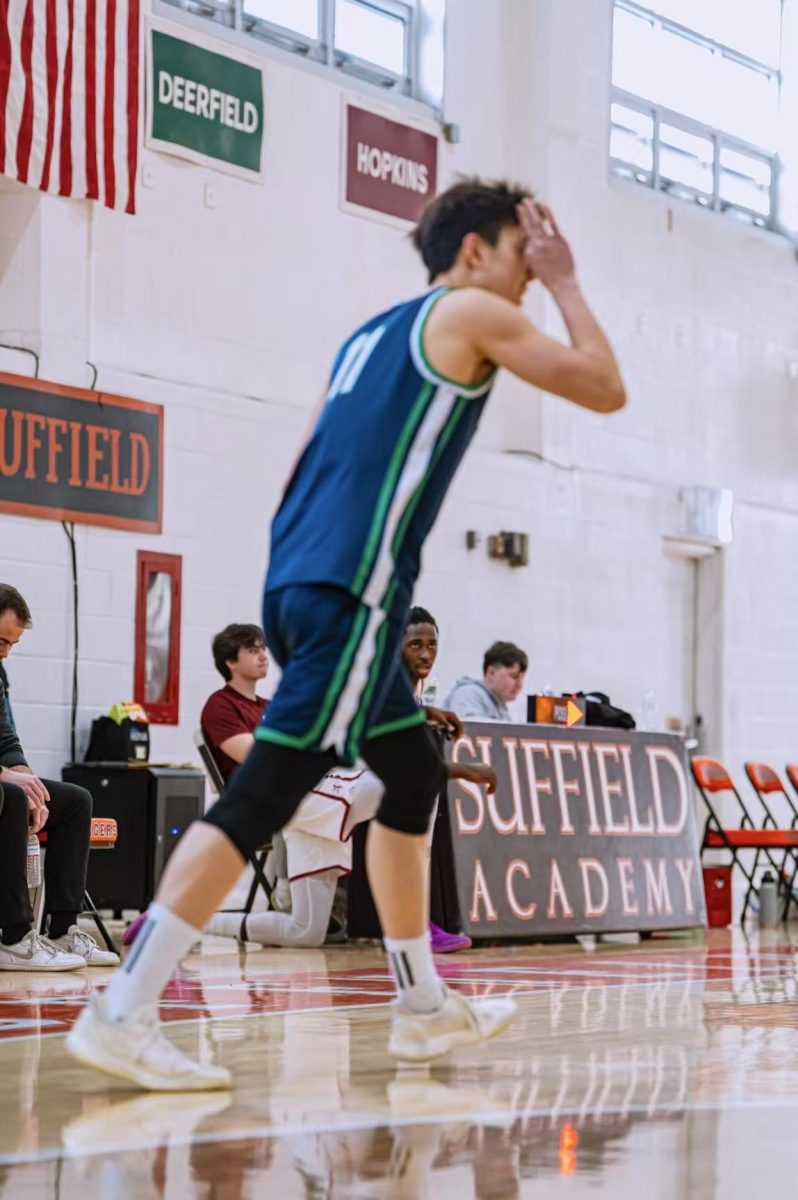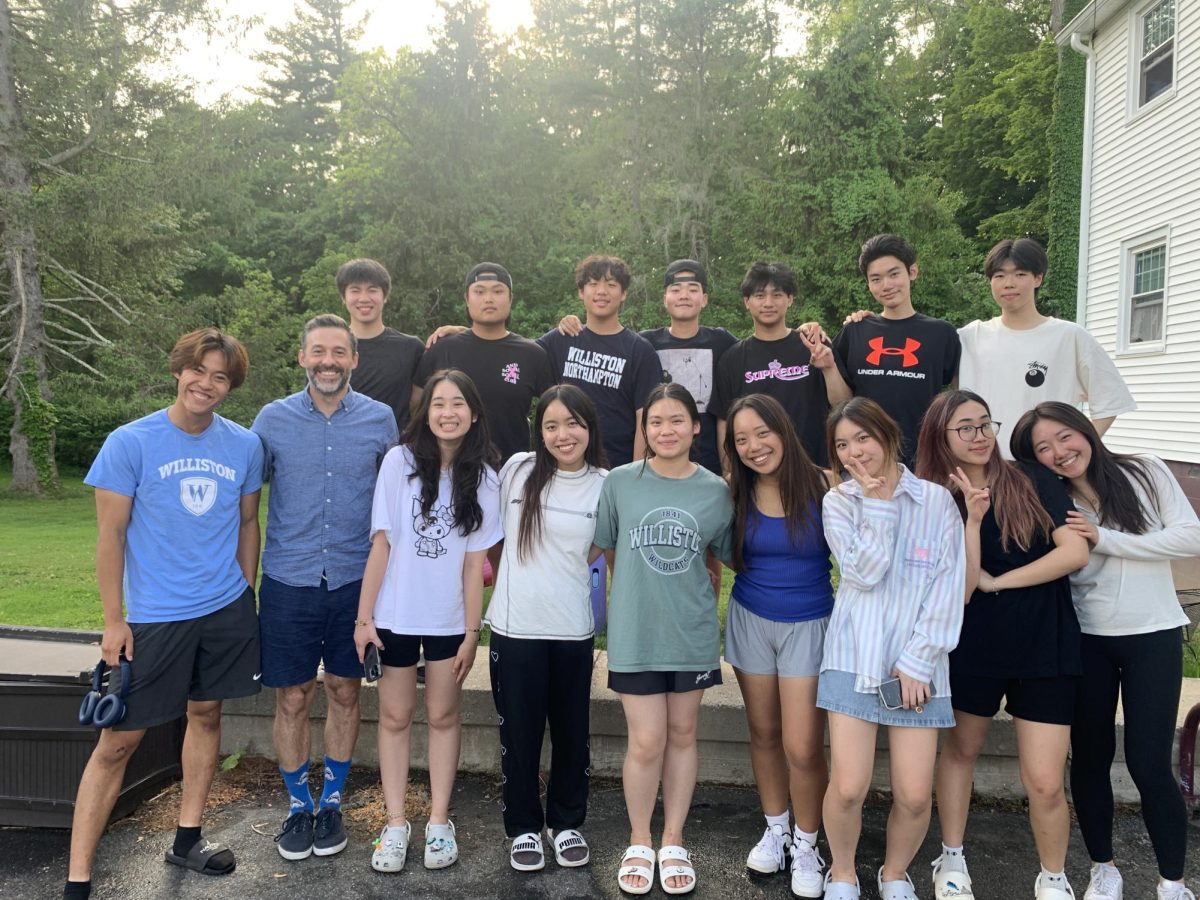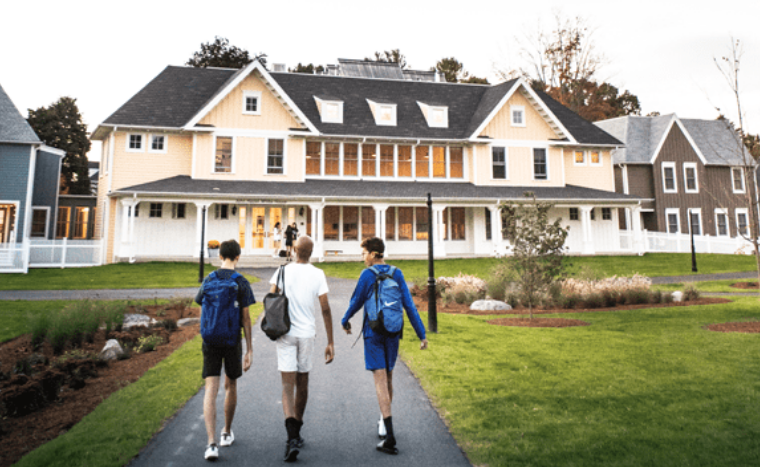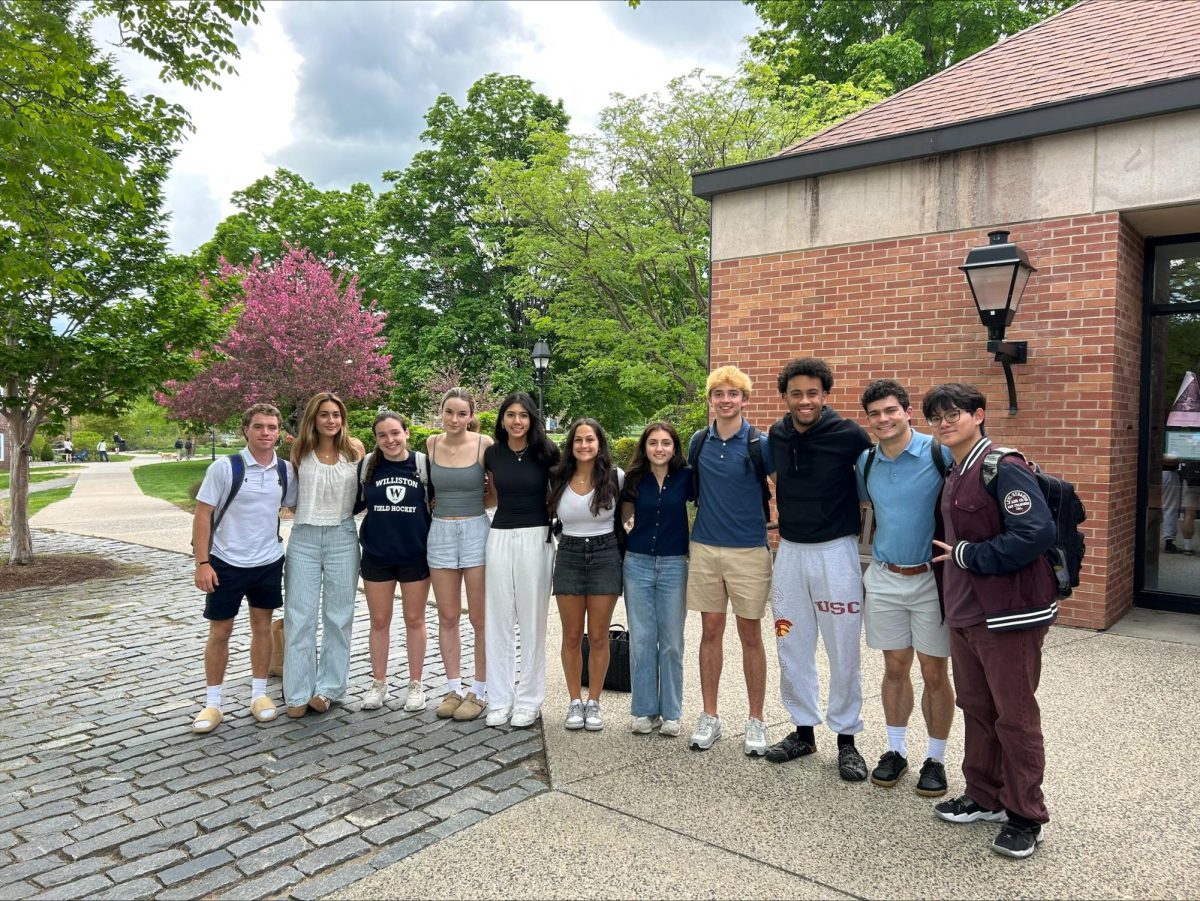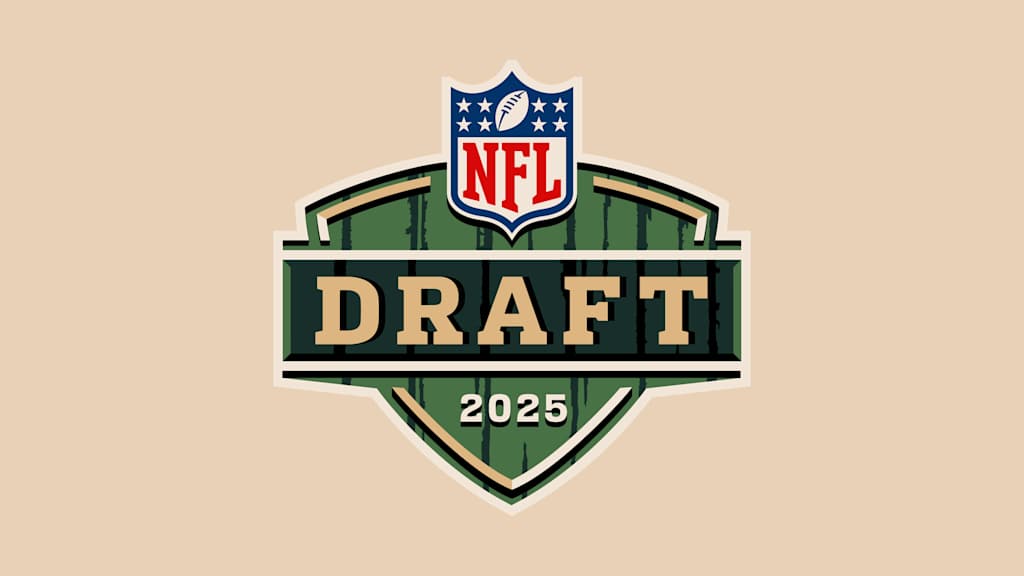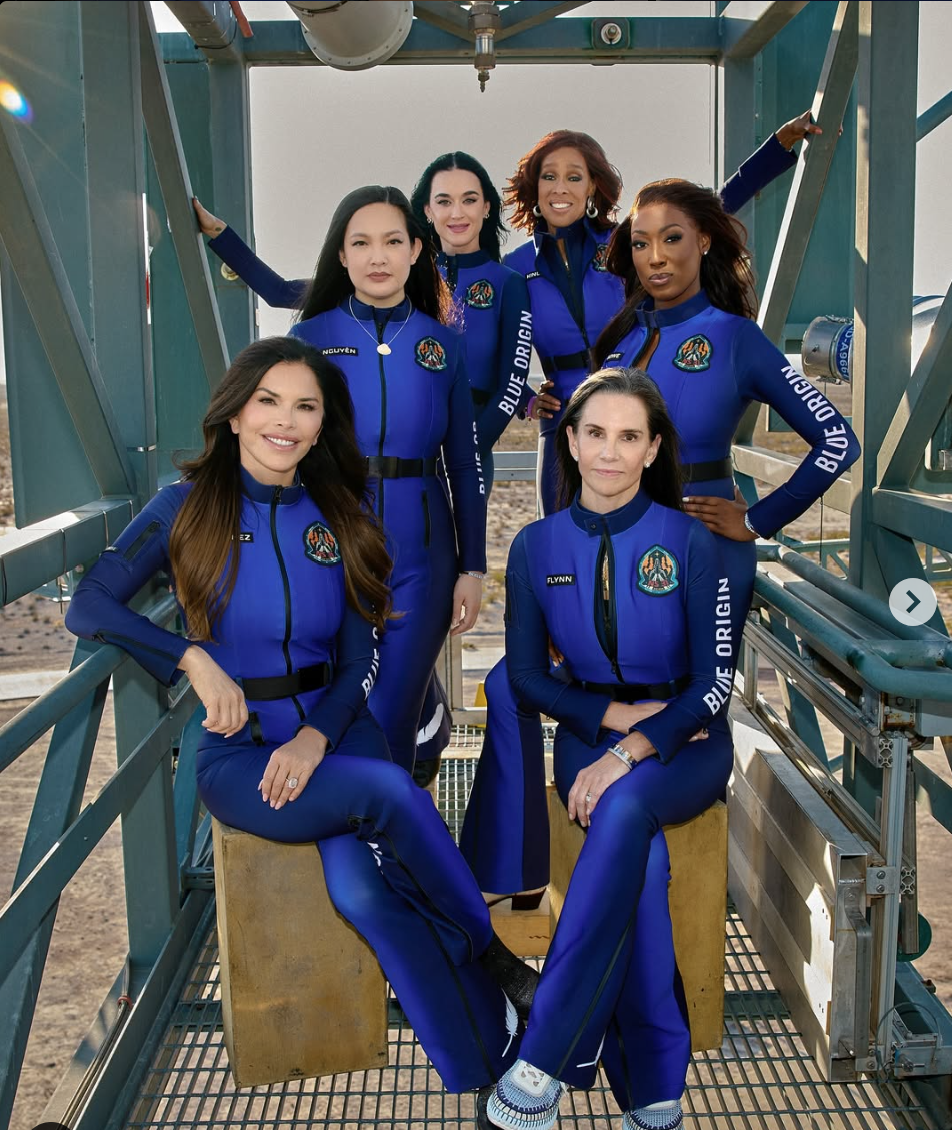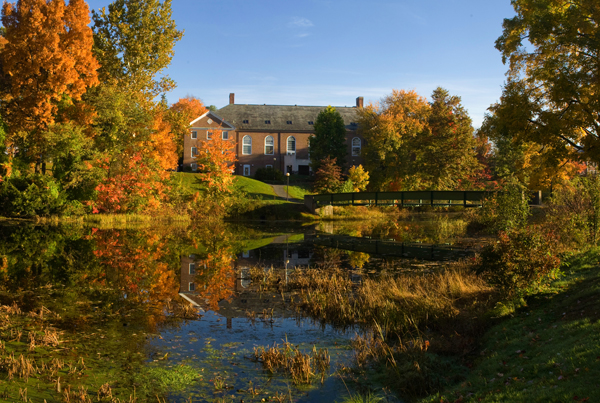Indigenous culture is closely intertwined with Massachusetts, and boarding schools especially, and it’s important we continue to recognize this often tragic history.
Before European colonization, around 50,000 and 100,000 Native Americans lived in Massachusetts (the name of the state comes from Massachuset, a Wampanoag word meaning “by the range of hills”), including the Pawtucket (or Penacook), Pokantoket (or Wampanoag), and other smaller tribes like the Nipmuck and the Pocumtuc.
Easthampton rests on the land of the ancestral, present, and unceded territory primarily of the Pocumtuc (Pocumtuck, a Mohican word meaning “clear water”) people, but also partially of the Nipmuc and Nonotuck people. Surrounding Easthampton are the homelands of the Wampanoag to the east, Mohegan and Pequot to the south, Mohican to the west, and Abenaki to the north.
Yurok and Jewish senior at Williston, David Fetterman, whose Yurok name is “Hummingbird,” thinks there are opportunities for Williston to recognize those whose land the school sits on.
“Williston could improve in Indigenous representation by creating a land acknowledgement for educating students,” David said.
A land acknowledgement is a formal statement that recognizes Indigenous people as the original stewards of the land. Having a land acknowledgment helps people understand the history of the land they’re on, and pays respect to current Indigenous people and culture.
Soleil Richardson, a senior from Bermuda who, at a family reunion this past summer, found out her great-grandmother was Indigenous, agrees with David.
“All of Massachusetts is on Indigenous land, and that’s not something that a lot of people know about,” she said. “We could have monuments by campus buildings acknowledging whose land they belong to.”
Land is intertwined with humanity, with culture, with the past and the present; acknowledging it brings awareness to the people associated with it.
“Land acknowledgements do not exist in a past tense, or historical context: colonialism is a current ongoing process, and we need to build our mindfulness of our present participation,” Northeastern University, which posted its land acknowledgement in October of 2020, said.
Every student knows Columbus came to America in 1492, but not a lot of students know the history of Native Americans before Columbus. Even when pre-colonial Native American history is taught, it’s often portrayed in a romanticized and problematic way: they are “one with the nature,” they wear headdresses and ride horses into the wind, or so the textbooks and stories would have you believe.
But that narrative stresses a whitewashed version of history, or the belief that Indigenous groups were only acted upon by oppressors, and ignores the monumental contributions these groups made to modern culture and medicine, among other areas.
“Today more than 120 drugs that are prescribed by physicians were first made from plant extracts, and 75 percent of these were derived from examining plants used in traditional indigenous medicine,” said Emory Dean Keoke and Kay Marie Porterfield in their book “Encyclopedia Of American Indian Contributions to the World.” “Seventy-five percent of the varieties of food grown today are indigenous to North, Meso-, and South America—most of them cultivated by American Indians hundreds of years before European contact.”
Having their land taken from them is, unfortunately, not the only oppression Indigenous people have faced throughout history. More recently, tragic stories of Indigenous residential schools have come to light.
Between the 19th and 20th century, residential schools were built in the United States and Canada to force Indigenous children to assimilate into white culture.
In 1879, the Carlisle Indian Industrial School in Pennsylvania was the first Indian residential school to open. According to the Bureau of Indian Affairs for the United States, 406 Indian boarding school systems existed between 1819 and 1969 across 37 states. In 1999, they registered no remaining schools in operation.
The purpose of the residential schools were to eliminate all aspects of Indigenous culture: they forced students to cut their hair short, they were given uniforms and assigned numbers, their weren’t allowed to speak their own language or express their own identities. They were often physically or sexually assulted, harassed, or worse.
According to Indigenous Foundations, an organization that focuses on Canadian Indigenous history, “Survivors recall being beaten and strapped; some students were shackled to their beds; some had needles shoved in their tongues for speaking their native languages.”
Today, though the residential schools are no longer in operation, Indigenous people still face violence and oppression.
According to Amnesty International USA, “Native women are 2.5 times more likely to be raped than non-Native women in the United States, [and] 1 in 3 Native women will be raped during her lifetime. At least 86% of perpetrators of these crimes are non-Native men.”
These are just a few of many examples of the hate Indigenous people face. They suffer from landlessness, malnutrition, and poverty as well. Indigenous people make up 15% of the world’s extreme poor, while only being 6% of the world’s population, according to The World Bank. In the U.S., the national poverty rate for Native Americans is around 25%, higher than any other racial group, and only 15% of Native Americans have a bachelor’s degree or higher, which is lower than any other racial group, according to the National Community Reinvestment Coalition.
“All people have the right to represent themselves in their own way. When the content made by Indigenous peoples for Indigenous peoples is seen and heard, it helps to broaden social perspectives, combat stigmatization and promote better understanding that leads to respect and curiosity, which according to Sanchez, ‘ultimately creates a more vibrant and interesting world for everyone,’” the UN wrote in their article “Breaking Media Stereotypes with Indigenous Storytelling.”
David Fetterman appreciates Williston offering a Native American History course, and said he would “appreciate more opportunities to learn about Indigenous people, both historical and contemporary.”
“Even with a Native American History course, I think we should add a Native American Studies course, and also have events around contemporary Native and Indigenous culture today, like for Indigenous People’s Day,” he added.
Indigenous People’s Day falls on the second Monday of October every year, and in some parts of the country is still referred to as Columbus Day.
Another big part of representation is bringing more Indigenous people to Williston, and being aware of the Indigenous people already here.
“I think we should learn from the viewpoint of an actual Indigenous person, for example, inviting a visiting speaker,” David said.
Soleil agrees, and noted Williston could include Indigenous voices in its popular “fishbowl” activity on Why Not Speak Day.
“I feel like [the] fishbowl is a great activity that could bring more Native American voices to the forefront,” Soleil said.
“I do know there are a lot of Black people here this year, a lot more than previous years at Williston, it’s nice to see new voices and have a Black Student Union,” Soleil continued. “But in regard to Native Americans, I only know one other person, which is David. I know there are a lot of islanders from the Caribbean or Bermuda that probably have Native American blood in them, who just don’t know they do, just like how I didn’t know.”
Bringing Indigenous and Native American narratives to Williston would make students even more aware of that racial diversity.
“We should create opportunities for our community members to understand the history, culture, and experiences of Indigenous people,” said Nikki Chambers, Dean of Diversity, Equity, Inclusion, and Belonging. “Having said that, I think it’s important to remember that the Indigenous experience is not a monolithic one and, as non-Indigenous people, we have to listen and defer to the experiences of Indigenous people to understand how we can play a role in fostering a better sense of inclusion and belonging.”
“Providing more affinity spaces for students for Indigenous students to gather and share their thoughts, perspectives, and ideas is a tangible action item we can take,” she added. “This student-centered space could be an opportunity for students to feel a sense of community, share similar or different experiences with each other, and feel a sense of community.”
Change won’t happen immediately; but, in the meantime, David has some advice on what students can do today.
“Most students are doing a really good job for making the campus feel welcoming,” he said. “I would say always try to learn a little bit more about small parts of another person’s culture. For example, instead of just noting that someone is Native American, you may ask someone who are their people, AKA tribes. There are 562 federally recognized tribes and many other Indigenous groups, and they all differ from each other. Ask people if they want to be referred to as Native, American Indian, Indigenous, or by their tribe. Everyone views their heritage with different lens, and there is a surprising amount of difference you’ll learn by just asking politely.”



